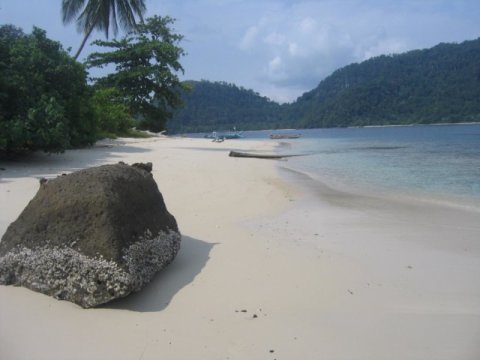The Journal of Science recently published a paper from the University of California at Berkeley where fossils were studied to help predict which marine species were now at the greatest risk for extinction.”Marine species are under threat from human impacts, but knowledge of their vulnerabilities is limited,” says study co-author, Professor John Pandolfi from the ARC Centre of Excellence for Coral Reef Studies at the University of Queensland. Using fossils to better understand the inherent risk some species have to coastal threats such as human presence, the team was able to map the extinction patterns of marine species.  “We used these estimates to map natural extinction risk in modern oceans, and compare it with recent human pressures on the ocean such as fishing, and climate change to identify the areas most at risk,” says Professor Pandolfi. Protecting modern species from extinction is the number one goal yet some species have an intrinsic risk of extinction so the teams goal “was to diagnose which species are vulnerable in the modern world, using the past as a guide” says study lead author, Assistant Professor Seth Finnegan from the University of California Berkeley. “We believe the past can inform the way we plan our conservation efforts. However there is a lot more work that needs to be done to understand the causes underlying these patterns and their policy implications,” says Asst. Professor, Seth Finnegan. Learn more here!
“We used these estimates to map natural extinction risk in modern oceans, and compare it with recent human pressures on the ocean such as fishing, and climate change to identify the areas most at risk,” says Professor Pandolfi. Protecting modern species from extinction is the number one goal yet some species have an intrinsic risk of extinction so the teams goal “was to diagnose which species are vulnerable in the modern world, using the past as a guide” says study lead author, Assistant Professor Seth Finnegan from the University of California Berkeley. “We believe the past can inform the way we plan our conservation efforts. However there is a lot more work that needs to be done to understand the causes underlying these patterns and their policy implications,” says Asst. Professor, Seth Finnegan. Learn more here!










0 Comments